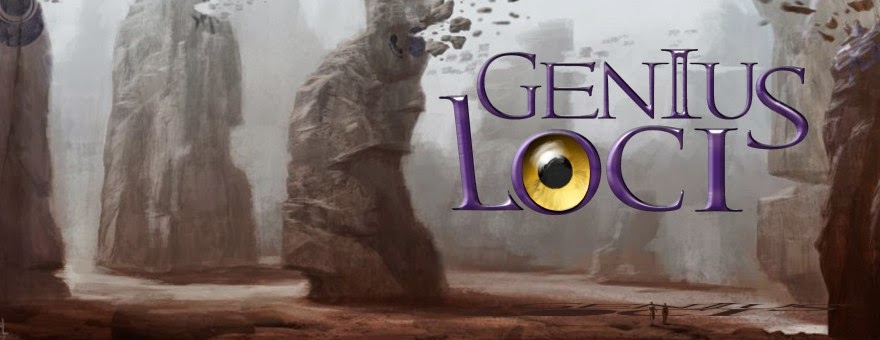 Kitas' technological development sees sophisticated husbandry methods, strong, durable materials for large structures, ship trade routes between continents, and medicine that can remedy common ailments. People don't starve on the streets or die of everyday diseases. But travel is lengthy, exotic goods rare, and payments are done in natural goods rather than gold.
Kitas' technological development sees sophisticated husbandry methods, strong, durable materials for large structures, ship trade routes between continents, and medicine that can remedy common ailments. People don't starve on the streets or die of everyday diseases. But travel is lengthy, exotic goods rare, and payments are done in natural goods rather than gold.Common technologies include pocket sunclocks, spyglasses, and lighters. On a larger scale, glass windows, concrete, aqueducts fed by norias, domed buildings, and cannons make regular appearances. Farmers know about crop rotation, creation of black earth, and use clever irrigation methods. Medicine includes knowledge of epidemics, and use of anaesthetics.
"Straws were drawn who had to camp closest to the cannon site. Just the month before, a powder stock had blown its crew to bits so small there weren't even spirits left."Spells play only a tiny role in technology; speakers are too quickly exhausted for everyday affairs and artifacts are notoriously ill-mannered. Instead, engineers invent tirelessly, with important schools in Lebridge and Bargassa, making mechanics powered by wind and water commonplace. However, the mages' taste for detail, and the wizards' open minds still put speakers at the forefront of scientific progress.
— Gabunda Hes, soldier
"Oh, curse this mechanical clock. The slightest movement, it misses the time. I'll never buy one of those idiotic Sawan contraptions again, and stick with the good stuff from Bargassa."
— Tilibriin, Ryaqan merchant
Artists' notes
I've learned a lot about what mechanics were possible in ancient times, and the Greek or Chinese were far more advanced than most people would think, so I had no problem putting complex, timed mechanics into play, and founded the two large engineering schools from which nearly anything can be expected. Technological advancement also allows for more interesting buildings, larger settlements, and peoples cultivating unfavourable lands.

